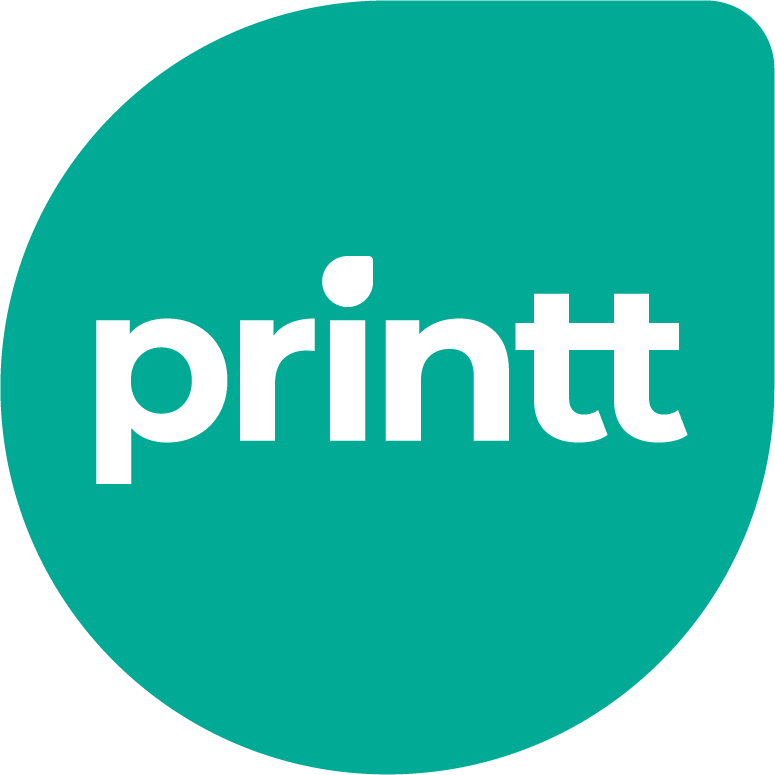The art of editing
When you’ve poured hours into creating something, you want to make sure the finished project does your work justice. That’s the point of editing. You or your team have done the most thorough research and detailed planning, and then presented an undeniable case, or created the most compelling story possible, and the finished piece needs to drive it home.
The edit is where you turn your great work into your masterpiece. Here are our tips and things to remember when you’re editing your project.
Whose work is it?
The answer may have a big influence on how you edit, or it may have none, but you still need to consider it every time, and approach the edit accordingly.
If it’s your piece, everything on the page was your choice, so it can be harder to be critical and objective. If you thought something was a good idea when you wrote it, you’ll often think it’s still a good idea when you get to editing. Try to review the piece like you had nothing to do with it. That’s not easy, and it takes practice, but it’s a good start just to be aware of the familiarity pitfall.
On the other hand, if someone else wrote it, you have an even more difficult balance to strike. If you’re afraid of annoying them or hurting their feelings, you might be too restrained in your edits. Or you might be overenthusiastic with your changes if you and they think or approach things differently. That might slow down the process and lead to some friction. Always bear in mind how you deliver your suggestions based on who you’re giving them to.
BONUS TIP: If there’s likely to be any tension over changes, discuss edits in person, or at least over a video call. Tone and expression are lost over email, and there’s less chance of misunderstanding or misinterpretation face-to-face.
Purpose
When you edit, you need to remember the same things as when you’re writing — who is this for, and what is it trying to achieve?
It’s always possible that you weren’t catering to that need as much as you thought you were when you were writing. On top of that, you need to make sure that the edits don’t leave the piece less fit for purpose.
You need to consider how and where it’s going to be shared, and who will consume it — is it in a state that would encourage its audience to engage with it, help them understand it, and make them likely to read all of it?
BONUS TIP: Ask yourself, as honestly as possible, ‘Would I read this if I didn’t have to? Would I understand it if I weren’t an expert, and would I value it if I were?’
Perspective
A lot of people think Ernest Hemingway said, ‘Write drunk, edit sober.’ He didn’t really say that, and we wouldn’t encourage it, especially not at work, but maybe one reason the idea resonates with people is that it suggests that you need to be in a different state of mind when creating from when you’re reviewing.
In an ideal world, you’d be able to finish a draft, put it in a drawer, and take another look at it in a day or two, or even a week. If you have that luxury, use it — fresh eyes will see things differently and you’ll find an edit so much easier as a result.
Most people’s deadlines won’t allow them to do that. So you need to find another way to gain a new perspective. That could be as simple as editing in a different location from where you wrote it, or we can recommend editing on a different medium.
BONUS TIP: For a fresh perspective, print before you edit. Here’s why…
Print before you edit
First of all, for spotting errors and typos, printing beats the screen every time. You don’t have a light shining in your eyes, making them more tired, and you don’t have the hundreds of distractions that a computer throws at you.
Next, you’ll find that seeing everything laid out on real sheets, instead of virtual pages, will make it easier to judge everything in the proper context. Plus, it’s just easier to mark up, cross out, and underline without losing your flow, focus, or train of thought.
When you’re working on a project, whether it’s all yours or you’re collaborating with a team, make it the best it can be with Printt.
Just set up a personal or business account, and upload your file — if it’s A4, we’ll print it for you. Then, either collect it from your nearest print shop, or we’ll deliver it to an address of your choice.
Get started now and get 30% off your first delivery order.
